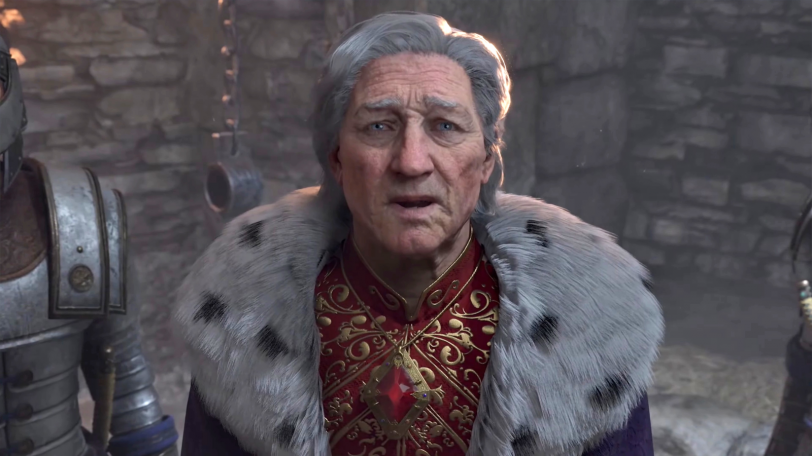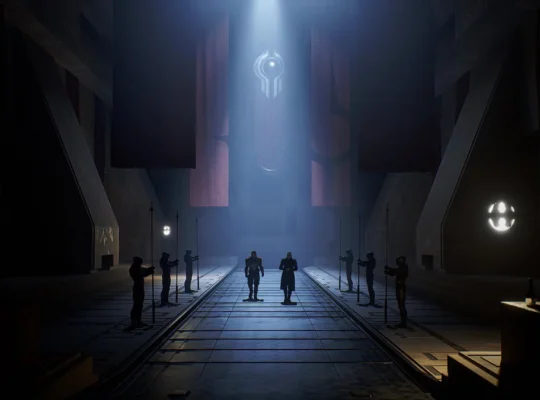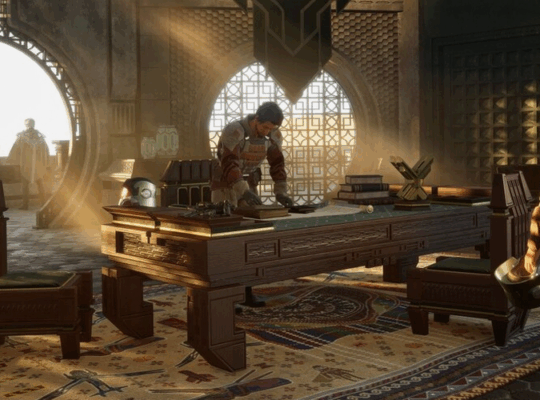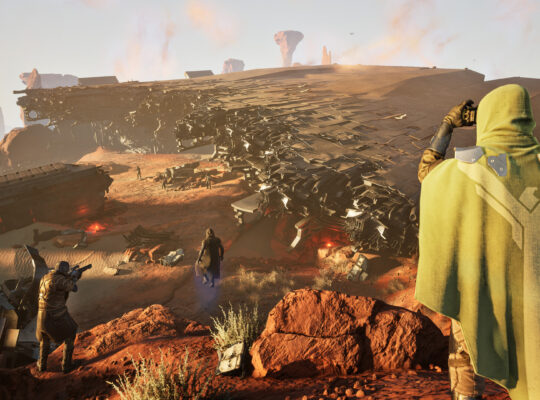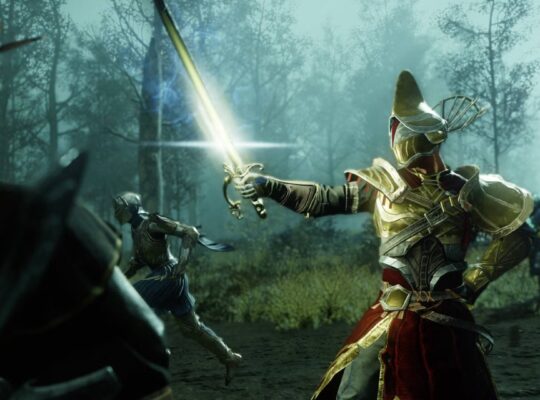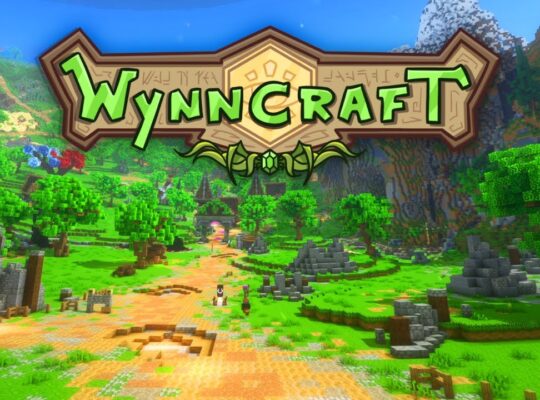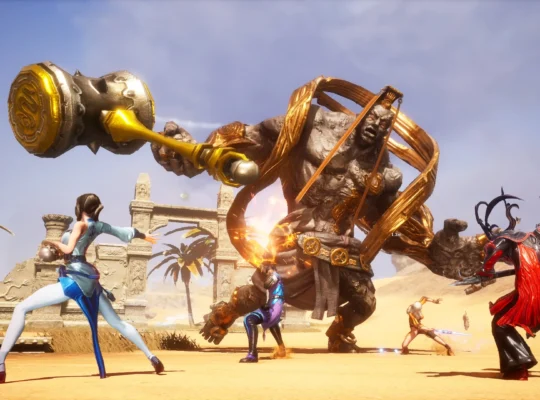The enduring popularity of The Elder Scrolls series is undeniable. With titles like Skyrim maintaining a massive following and even remasters of older games like Oblivion generating buzz, the demand for experiences set in the world of Tamriel is clearly high. Given this, it’s a frequent point of discussion why The Elder Scrolls Online (ESO), the official MMORPG set in the same rich universe, doesn’t seem to reach the same heights of mainstream ubiquity as its single-player counterparts.
ESO certainly seems to tick many boxes for Elder Scrolls fans. It features action-oriented combat, fully voiced characters, extensive and well-written quests, and a deep dive into the lore and worldbuilding the series is renowned for. With a flexible progression system, detailed crafting, and robust housing customization, it successfully translates many beloved elements from the single-player games into an online environment. The immersive high-fantasy setting is undeniably present.
Yet, despite possessing these core strengths, many players find themselves struggling to fully embrace ESO. A frequently cited reason for this is the game’s combat system. While it aims for action combat, critics often describe it as feeling “floaty,” lacking the palpable weight, impact, and fluidity found in other successful action MMORPGs. Animations and skill effects can appear subdued, and character movement sometimes feels sluggish. This disconnect in the moment-to-moment gameplay loop proves to be a significant hurdle for many.
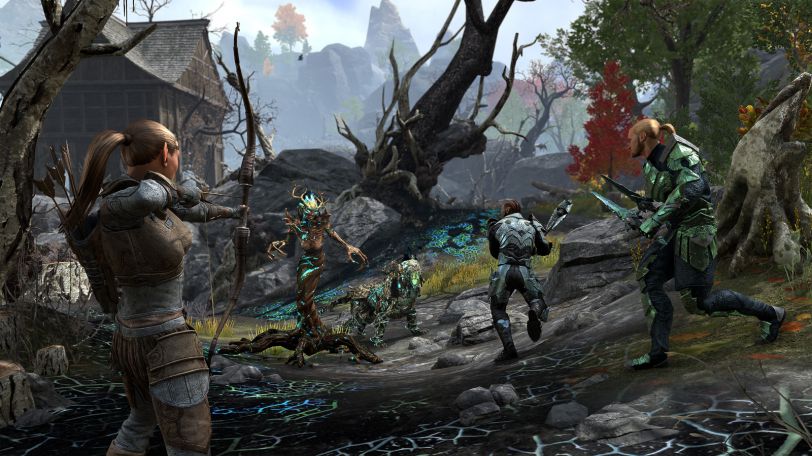
In the single-player Elder Scrolls games, combat is often considered one of the weaker elements, something players tolerate because the exploration, world design, storytelling, and freedom are so compelling. However, in an MMORPG, combat takes center stage; it’s the primary means of interaction with the world and other players. When this core mechanic feels uninspired, even the strongest worldbuilding and narrative elements can struggle to retain players in the long term.
While ESO’s player base is far from negligible, with estimates suggesting millions of total accounts and tens of thousands of daily active players, these numbers might still seem modest compared to the immense popularity of the single-player games within the broader gaming landscape.
This observation reinforces a crucial point in online game design: the quality of the core gameplay loop, particularly combat in an action-focused MMORPG, can be the decisive factor in its long-term success and widespread popularity. For ESO to potentially attract a significantly larger segment of the vast Elder Scrolls fanbase, a fundamental re-evaluation and potential rework of its core combat system, perhaps alongside strategic decisions regarding its business model, might be necessary to truly unlock its full potential.


